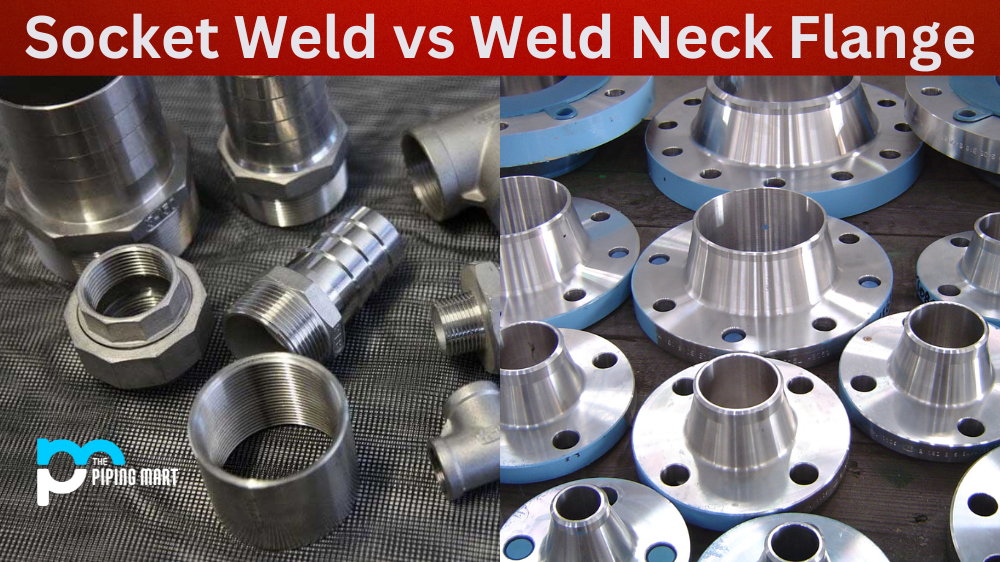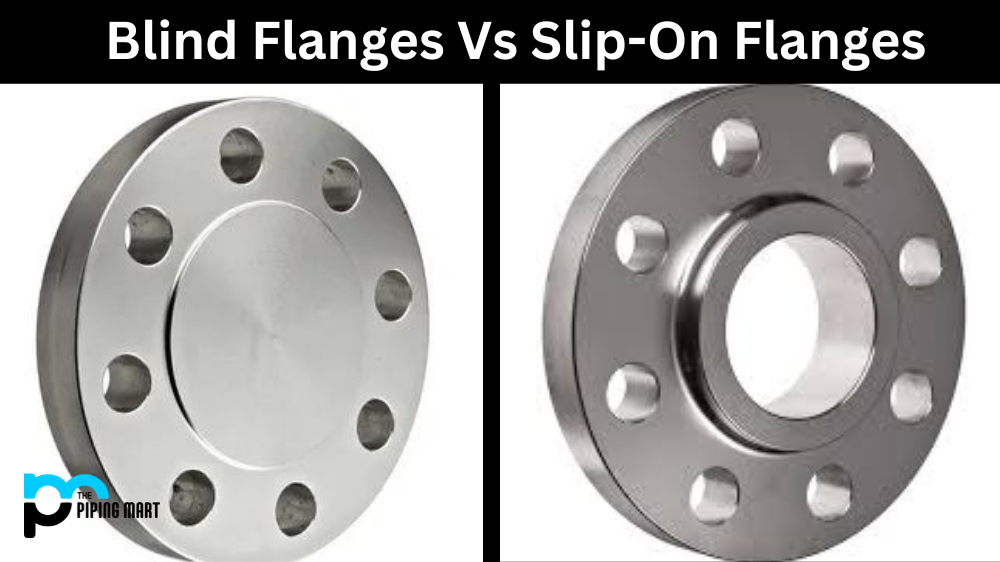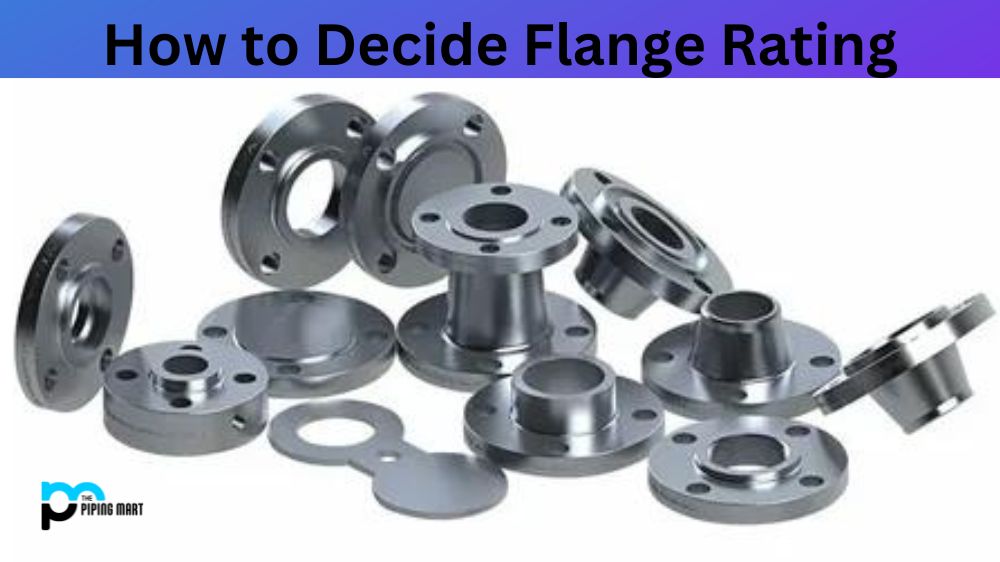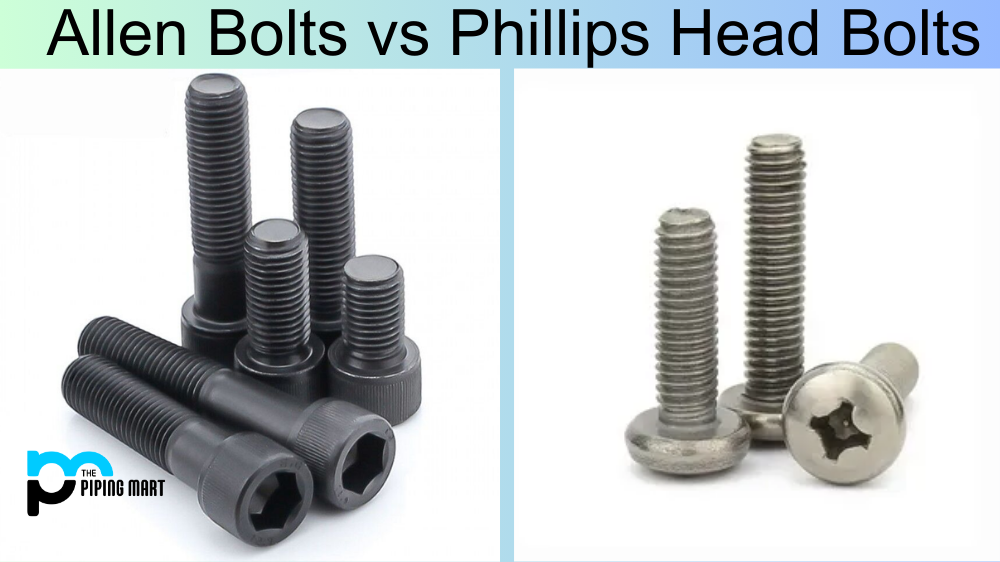If you’re looking for a secure and reliable pipe connection, socket weld and slip-on flanges are two of the most common options. While both offer strong connections, there are distinct differences between the two that should be considered when making your choice. Let’s take a look at the advantages and disadvantages of each type of flange.
What is Socket Weld Flange?
A socket weld flange is a type of fitting used in piping systems to join pipes and valves together securely. It’s welded onto the pipe by inserting the pipe into the socket of the flange and then welding around the joint. These flanges are commonly employed in smaller pipe sizes or in applications where the system operates under high pressure or temperature conditions. They provide a strong, leak-resistant connection and maintain a smooth flow path, minimizing turbulence within the system.
What is Slip On Flange?
A slip-on flange is a type of flange used to connect pipes in a piping system. It slips over the pipe and is then welded on both inside and outside to provide strength and prevent leakage. Slip-on flanges are easy to align and install, making them popular in low-pressure and non-critical applications. They are commonly used in industries such as water treatment, HVAC, and general plumbing.
Difference Between Socket Weld and Slip On Flange
Advantages of Socket Weld Flange
Socket weld flanges are more expensive than slip-on flanges, but they offer greater strength because they provide a tighter seal. This is important if you will be dealing with high-pressure systems or working with liquids that are hazardous in nature. Additionally, socket weld flanges can be used in applications where space is limited since they don’t require any extra room for installation like slip-on flanges do.
Disadvantages of Socket Weld Flange
The main disadvantage of socket weld flanges is that they require more time to install than slip-on flanges because they have to be welded into place. This means that if you need to repair or replace the pipe connection quickly, then this may not be the best option for you, as it could take several hours to complete the job. Additionally, socket weld flanges can only accommodate smaller pipes (up to 4 inches), so if you’re using larger pipes, then this won’t work for your application.
Advantages of Slip On Flange
Slip-on flanges are generally less expensive than socket-weld flanges and much easier to install since they simply slide onto the pipe without having to be welded into place. They also allow for greater flexibility when it comes to size since they can accommodate larger pipes (up to 24 inches). Finally, slip-on flanges can handle higher temperatures than socket weld ones, so if you’re working with high-temperature applications, then this might be a better option for you.
Disadvantages of Slip On Flange
The main disadvantage of slip-on flanges is that they don’t offer as secure a connection as socket-weld ones due to their design. This means that they aren’t suitable for applications where leakage could cause serious damage or harm people or property around them. Additionally, these types of connections require more frequent maintenance since their seals can easily become damaged over time due to wear and tear from use or environmental factors such as rusting or corrosion.
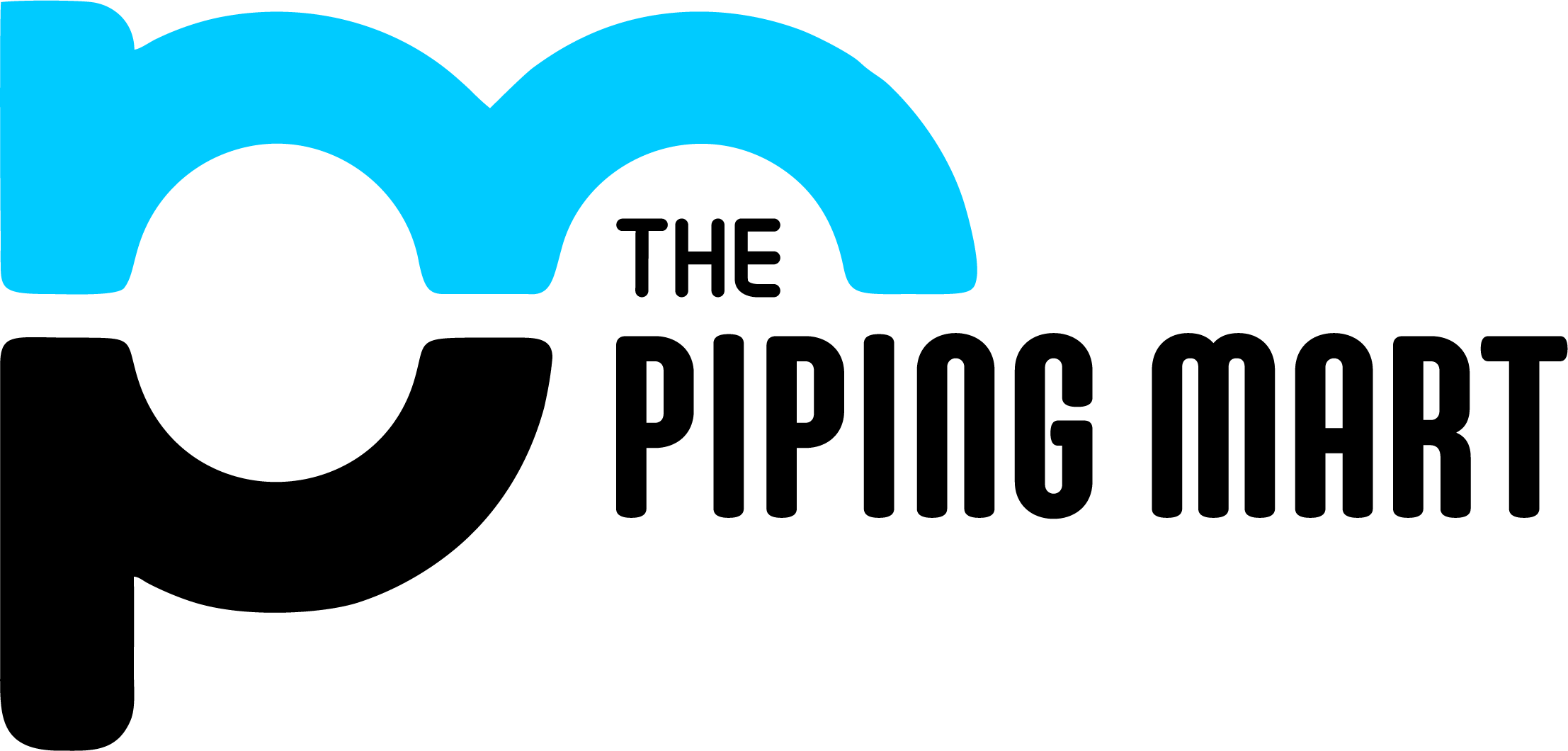
Abhishek is a seasoned blogger and industry expert, sharing his insights and knowledge on various topics. With his research, Abhishek offers valuable insights and tips for professionals and enthusiasts. Follow him for expert advice on the latest trends and developments in the metal industry.

